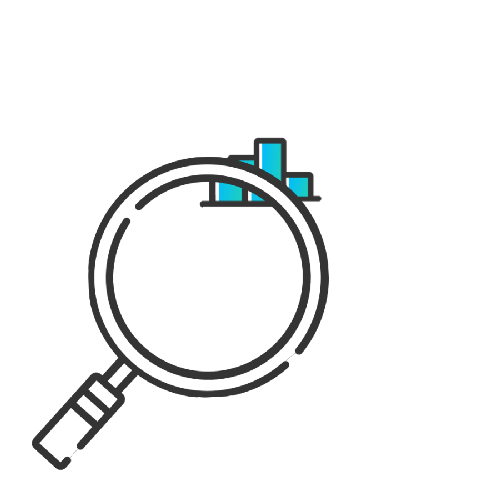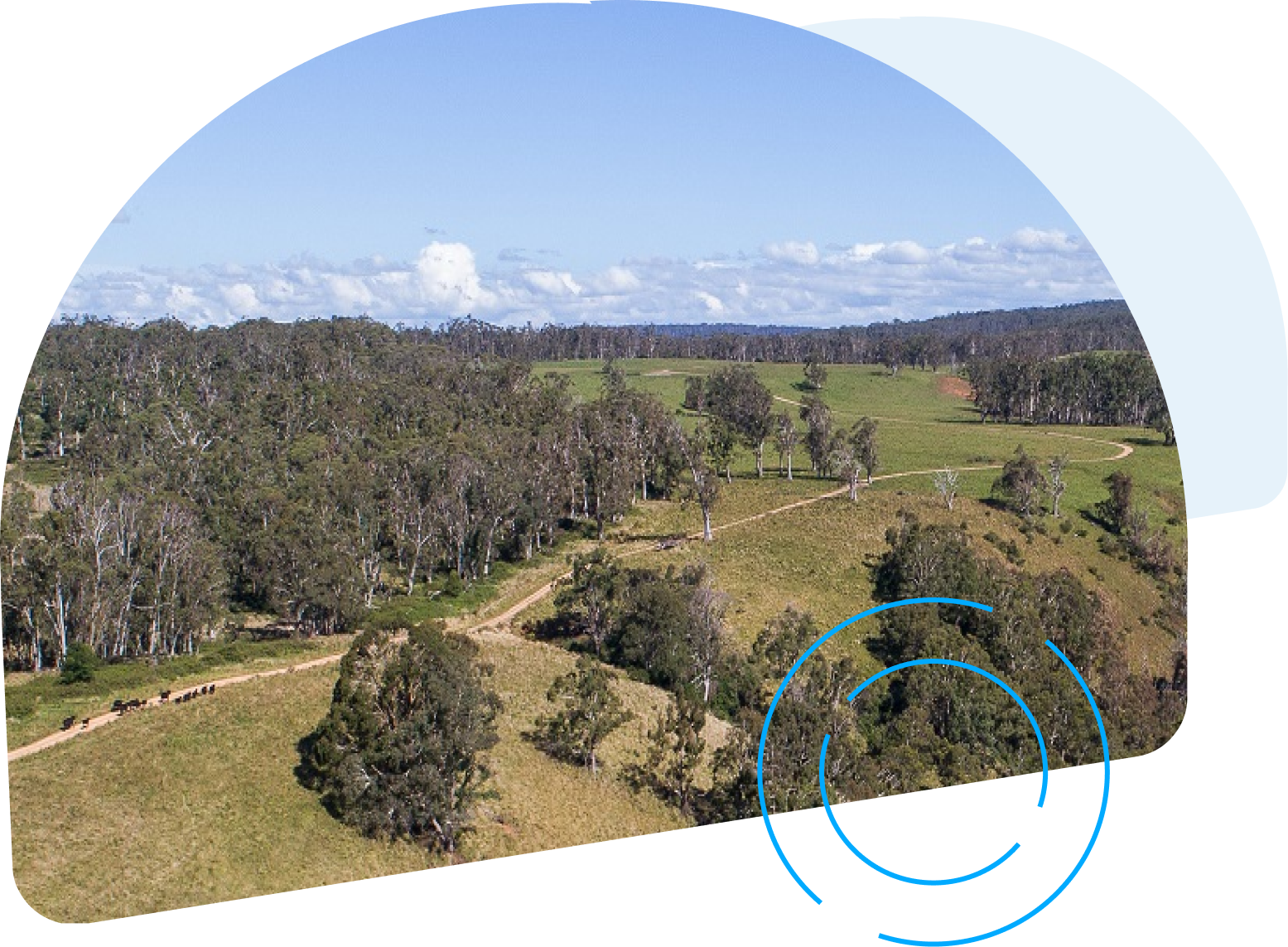Error message title

Error message title
Searching great energy plans for you
Planning & Approvals
New South Wales has a robust and thorough planning assessment process that requires extensive environmental assessment, design and community consultation to finalise an application that is acceptable for approval. This process has been designed for the protection of the local community and ecological environment.
The Hills of Gold Wind Farm is a state significant development and will be assessed under the Environmental Planning and Assessment Act of 1979 and most recent updates from 2017.
The current planning process requires the completion of each stage in the timeline below. There will be ongoing opportunities for the community to provide input directly to us or through the planning process once all information about the project is in final form.
October 15, 2018
Lodge Preliminary Environmental Assessment
November 2, 2018
SEARs issued
November 20, 2020
Lodgement of DA and EIS
Dec 2020 - Jan 2021
Public exhibition and collection of submissions
August 2021
Update on Response to Submissions
January 10, 2022
Response to Submissions lodged to DPE
Q4 2023
DPE recommendation
Q4 2023
IPC determination (anticipated)
Planning & Approvals
Due to the number of submissions received during the public exhibition period, the project’s approval will be determined by the Independent Planning Commission (IPC). The IPC will be the consent authority, providing a determination on the project.
The IPC is an independent government organisation with a set process for assessing projects to reach a determination. The IPC will hold stakeholder meetings with community groups, government bodies and special interest groups, as well as conduct a site visit of the project area.
- Stage 1 - Commencement: A panel of commissioners to consider the project application and decide on an approval or refusal.
- Stage 2 - Public Submissions: "Have your Say” is an online process for making community submissions. Submissions will also be accepted via post.
- Stage 3 - Stakeholder Consultation: The IPC may meet with stakeholders such as local councils, community, and agencies.
- Stage 4 - Site Inspection: Physical and/or virtual site inspection and/or locality tour.
- Stage 5 - Public Meeting: An opportunity for community members and stakeholders to present to the IPC panel with their views on the project.
- Stage 6 - Determination: IPC determines the project application and will issue development consent or notice of refusal
Ongoing processes include a merit-based appeal, which is a court process and there is also the opportunity for judicial reviews.
There will be opportunities during the IPC process to make submissions expressing your view on the project and if a public meeting is held, there will be opportunities to nominate to speak at the meeting.
The IPC process can take anywhere between five to 12 weeks with a final decision expected at the end of the assessment.
Members of the community will be able to follow the process on the IPC website once the project has been uploaded through the ‘notify me’ section on each project page.
If the IPC is planning to hold a public meeting, they will notify the community of the intended time and location to ensure interested members of the community can come along.
Project updates
To keep up to date on the project, you can sign up to our Community Newsletter, or visit the News and Updates section of the website. Further information about the project is also available at Department of Planning and Environment | NSW Planning Portal – Hills of Gold Wind Farm.
Key Environmental and Social Assessment Areas
Wind farms are a safe and clean form of electricity generation and minimise disturbances to the community when planned correctly. If you have any particular concerns please check our FAQ and Useful Links section of the website or contact us.
The following provides a short summary of the key areas that are assessed in the Environmental Impact Assessment.
How does a wind turbine work?
Learn more by reading our article - ‘How does a wind turbine work':
Landscape and Visual Amenity
As part of our development process, we will be engaging experts to design realistic impressions of what the completed project will look like in order to assess and minimise the impact the project will have on the surrounding area. Where the impacts are considered significant, suitable mitigation measures will be implemented.
Construction and Operational Noise
Like any major development project, large equipment will be required for use in the project. Construction equipment and wind turbines have the potential to generate noise not typically experienced in the region. We will be conducting detailed sound monitoring in order to understand the current levels of noise in the area and determine ways of limiting resultant noise, both from construction activities and operational turbines.
Biodiversity Assessments
A wind farm has the potential to affect local ecology through behavioural change and habitat loss. Detailed studies are undertaken to determine what flora and fauna is in the area and how this may be affected. The project will include multiple contiguous wildlife corridors in an effort to minimise this impact. We liaise closely with relevant state environmental regulators as well as relevant national bodies such as the Federal Department of the Environment (DoE).
Cultural Heritage Assessment
Australia is a land of important cultural heritage sites. We will consult extensively with local Indigenous groups and local communities and perform detailed studies in order to identify local cultural heritage sites and minimise or eliminate any risk of impact by the project.
Hazard and Risk Assessment
The construction of any large project comes with some hazards, both to project employees and residents of the surrounding area. The project is required by the permitting process to develop and submit for approval our site safety plan. We will meet or exceed all local, state and federal guidelines regarding health and safety.
Aviation, TV and Radio
The construction and operation of large turbines has some potential for disruption of local communications infrastructure. Prior to the start of construction, we investigate any potential interference to local aviation, television and radio communication services. In the unlikely event that interference does occur, there are a number of technical fix solutions that can be applied to remedy the problem.
Water and Soil Management
The project is located in a region renowned for the quality of its agricultural land. We will be conscious in the design of the wind farm of the importance of preserving water and soil quality.
Community
Our responsibility to the community is to ensure there is transparency regarding the status and assessment of the project and that there are continuous opportunities for concerns to be raised. We will be actively engaging local community members to provide input and feedback based on information shared within community meetings or through our website.
If you have queries or concerns regarding the project, please contact us.
Our Approach to Engagement
Our approach to community consultation starts with identifying those that are closest to each proposed wind turbine.
Prior to launching this website and as part of our lodging the preliminary environmental assessment of the project, meetings were held with all members of the community who lived within three kilometers of a proposed turbine.
We will continue to meet with the community through dedicated information days and update residents on key project information through our regular newsletters. Our aim is to ensure we address all community concerns and provide residents key information about the planning process, as well as the project’s benefits.
Community Consultative Committee
Following our submission of the Preliminary Environmental Assessment in 2018, a Community Consultative Committee (CCC) was established. The CCC was made up of representatives from the local community, representatives on behalf of the wind farm and other project stakeholders. The CCC aided in providing information about the wind farm to the local community and taking feedback to be incorporated into the design of the project and assessment. The CCC has been disbanded but will likely be reopened to the community closer to construction commencement of the project. The CCC will be operated in accordance with the Community Consultative Committee Guidelines issued by the NSW Department of Planning and Environment.


